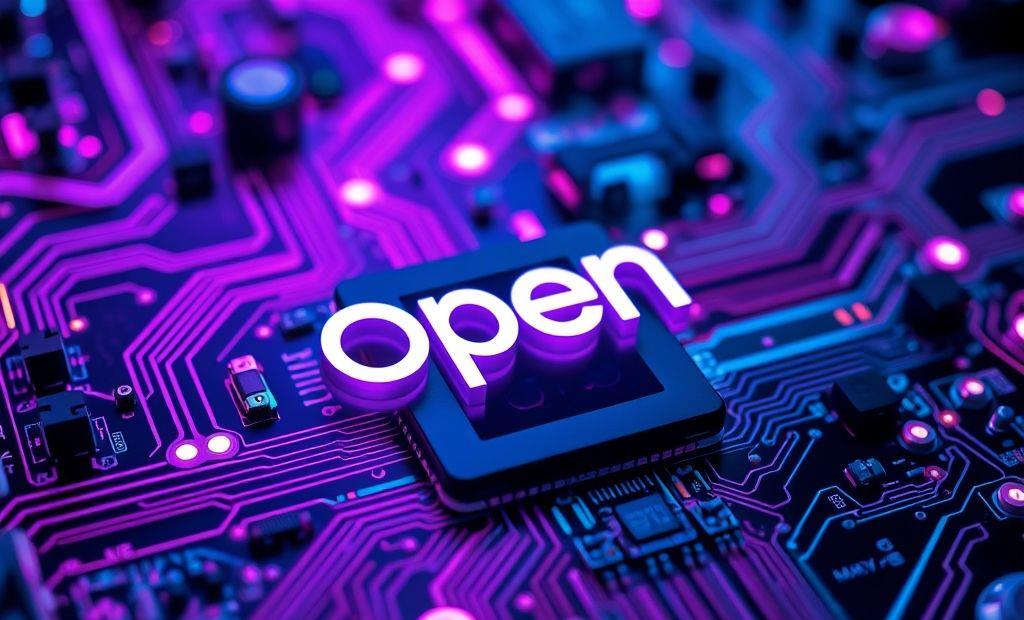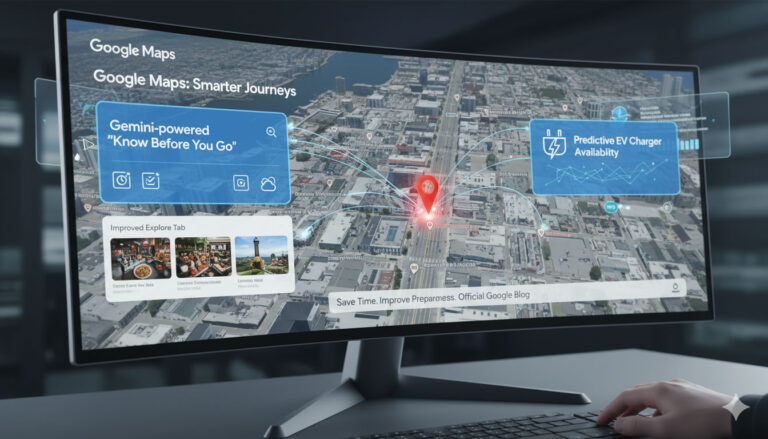GPT-5’s Low Price: Triggering an AI Price War?

GPT-5’s Low Price: Triggering an AI Price War? OpenAI’s pricing strategy for GPT-5 could ignite a fierce price war in the artificial intelligence landscape. By...
⏱️ Estimated reading time: 2 min
Latest News
GPT-5’s Low Price: Triggering an AI Price War?
OpenAI’s pricing strategy for GPT-5 could ignite a fierce price war in the artificial intelligence landscape. By setting a lower price point than anticipated, OpenAI challenges competitors and potentially reshapes the market dynamics for advanced AI models.
Understanding OpenAI’s Strategy
OpenAI’s decision to price GPT-5 aggressively suggests a strategic move to capture a larger market share. This approach could make advanced AI more accessible to a broader range of users, from individual developers to large enterprises. The move forces other AI providers to re-evaluate their pricing models to stay competitive.
- Increased Accessibility: Lower prices democratize access to powerful AI tools.
- Market Dominance: Capturing a larger user base through competitive pricing.
- Ecosystem Growth: Encouraging wider adoption and innovation around OpenAI’s platform.
Potential Impact on Competitors
The low pricing of GPT-5 puts pressure on other AI companies to adjust their strategies. Companies like Google, Meta, and Amazon, which have invested heavily in AI development, might need to lower their prices or offer additional value to retain customers. This competition could benefit consumers by leading to more affordable and innovative AI solutions.
The Downside of a Price War
While lower prices benefit consumers, a price war could have negative consequences for the AI industry. Reduced profit margins might limit investments in research and development, potentially slowing down innovation. Additionally, smaller AI startups might struggle to compete with larger companies that have the resources to absorb losses in a price war.
- Reduced R&D Investment: Lower profits may curtail innovation.
- Startup Challenges: Smaller companies find it harder to compete.
- Quality Concerns: Providers might cut corners to maintain profitability.
Related Posts
Bluesky Enhances Moderation for Transparency, Better Tracking
Bluesky Updates Moderation Policies for Enhanced Transparency Bluesky, the decentralized social network aiming to compete...
December 11, 2025

Google Maps: Gemini Tips, EV Charger Predictions & More!
Google Maps Gets Smarter: Gemini Tips & EV Updates Google Maps is enhancing user experience...
December 9, 2025

Adobe Acquires Semrush in $1.9B SEO Power Play
Adobe to Acquire Semrush for $1.9 Billion Adobe announced its agreement to acquire the search...
December 1, 2025











Leave a Reply